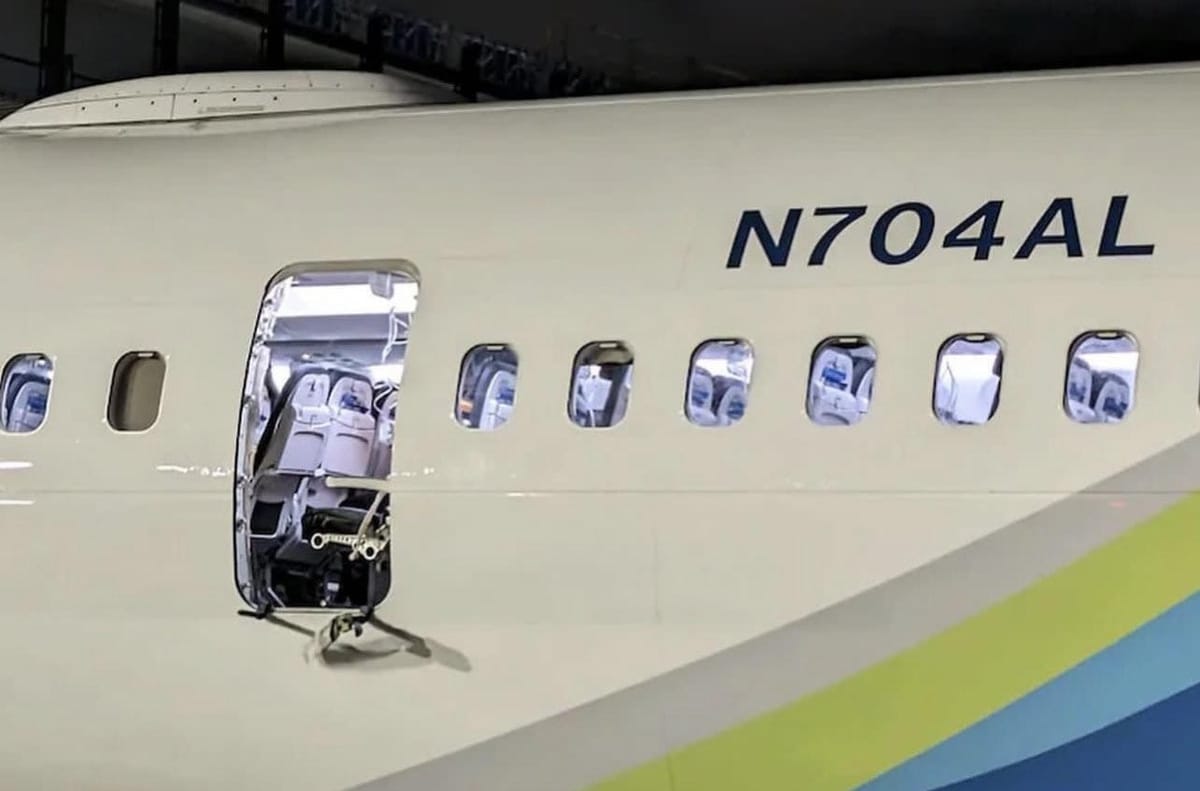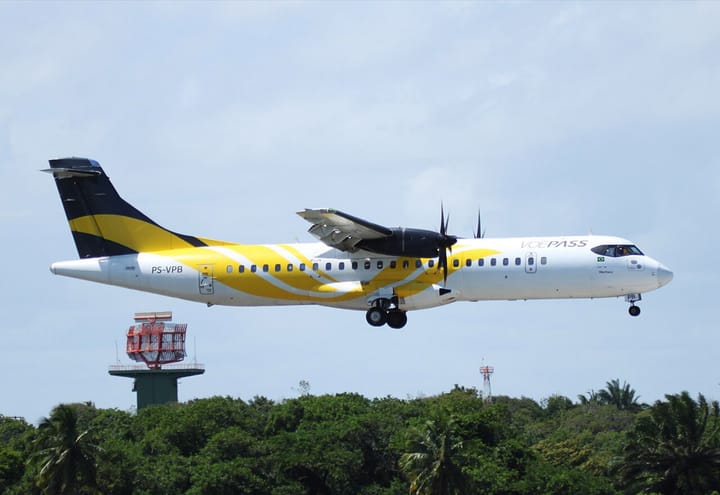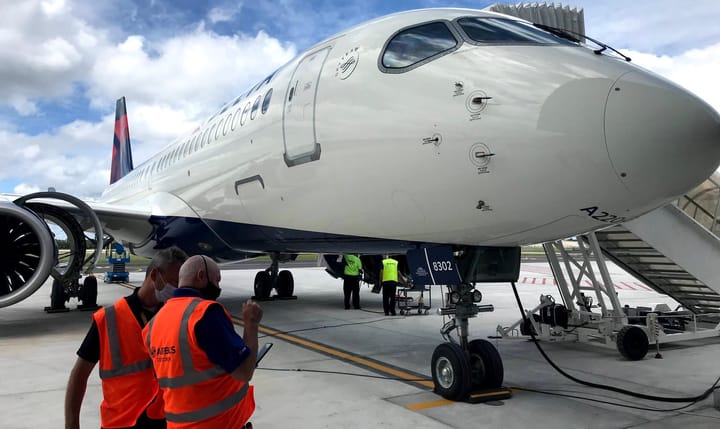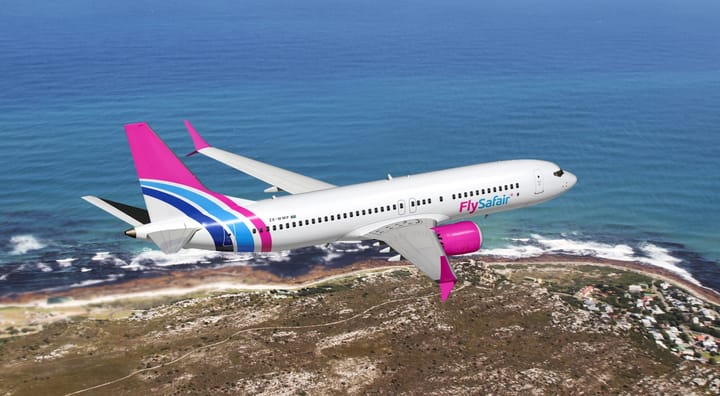Boeing CEO Dave Calhoun will have broken out in a cold sweat after hearing the news that an Alaskan Airlines Boeing 737 MAX 9 suffered an in-flight separation of an inactive emergency exit door over Portland on 5 January.
The embattled airframer can count it’s lucky stars that the separation event happened so soon after takeoff. The aircraft was in it’s initial climb phase, climbing through 16,000 feet out of Portland’s runway 28L when the incident happened, and thankfully none of the 171 passengers were severely injured.
Barely a day after the incident occurred the FAA announced that an Airworthiness Directive (AD) would be released that would require 171 Boeing 737 MAX 9 aircraft to be inspected, specifically related to door plugs on the aircraft. Alaskan Airlines had by that time already grounded its entire fleet of 737 MAX 9’s.
The news that inspections of this nature had been mandated by the FAA cast Boeing in a light it was already very familiar with, and the steady accumulation of crosshairs on the proverbial forehead of the manufacturer seemed to find justification soon after, when the NTSB (National Transportation Safety Board) released their latest findings in a media briefing on January 8, detailing the sequence of events.

It stated that there had been pressurization incidents with the airline and same aircraft type on Dec 7th 2023, Jan 3rd 2024 and Jan 4th 2024, with auto-pressurization fail lights illuminating in the cockpit. It doesn’t seem clear if these 3 events all happened on N704AL, the incident aircraft. It seems that in all three of these cases, the pilots flipped the switches to alternate mode and flights continued. The 3 incidents were reported to maintenance, which didn’t seem to yield any major fixes other than inspections, resets and return to service.
When the rapid decompression event occurred, the NTSB reports that in addition to the obvious effects on passengers seated near the affected exit (with luckily no one having been ejected from the aircraft), the aircraft’s cockpit door flew open and slammed the forward lavatory door shut in the process. In the briefing they indicated that none of the flight crew were aware that the cockpit door had been designed to open during a major depressurization event, which would have added to the crew’s startle factor. The absence of this information in flight training material for the aircraft is significant, and one cannot help but cast one’s memory back to the 737 MAX 8 accidents and the shortcomings exposed in the flight training materials during the subsequent investigations for those flights.
On January 9th it was reported that during inspections mandated by the FAA, United Airlines had found loose bolts that needed tightening in the areas identified in the AD. Whether the bolts in question were lower hinge bolts as illustrated in the diagram below remains unclear at this point. Alaskan Airlines later confirmed that they too had found some of these bolts to be loose on other MAX 9’s in their fleet, and this is now where the focus of the issue seems to have come to rest, and the stakes are once again high for Boeing.
If loose bolts turn out to be the root cause of the in flight separation of the door plug in this case, it would again raise questions of standards of manufacture and quality control either at Boeing’s final assembly plants, or the manufacturing plants of their suppliers who build the fuselage parts in question.
Time will tell if this is the case, and if so one can only wonder how many such incidents Boeing can withstand. It brings to light the quality of the airframer’s manufacturing process, and the fact that passengers will at some point become very reluctant to fly on such aircraft if issues such as these continue to occur.





